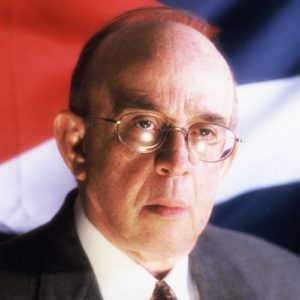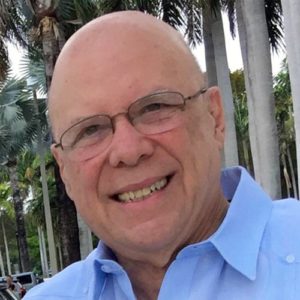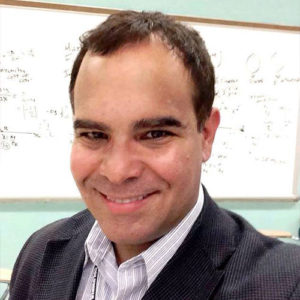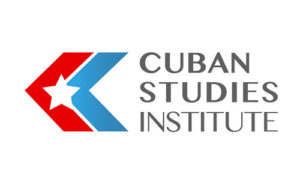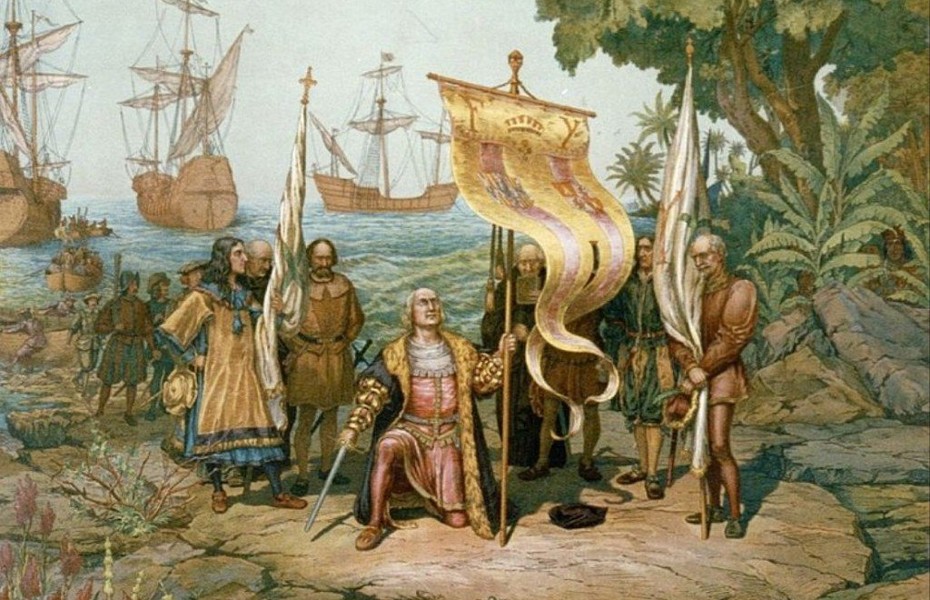
1492 Christopher Columbus discovered and explored Cuba.
1508 Sebastián de Ocampo circumnavigated and explored the island.
1511 Diego Velázquez conquered the native peoples and established various settlements.
1519 Havana was relocated from its original site on the Gulf of Batabanó to its present location on the north coast.
1523 Blacks were brought from Africa to work the mines and fields.
1538 Havana became the seat of government. Santiago de Cuba was formally selected as the capital of the island.
1555 French private Jacques de Sores captured and burnt part of Havana.
1595 Cattle raisers installed sugar mills on their lands and began sugar production.
1607 Havana was formally established as the capital of Cuba.
1628 Dutch pirate Piet Heyn captured the Spanish fleet off the north coast of Cuba.
1662 English navy captured and ransacked Santiago de Cuba.
1715 Political administration was centralized following the Bourbons’ assumption of power in Spain. Bourbon reforms began to be introduced into Cuba.
1717 Veguero rebellion against Spanish tobacco monopoly.
1728 University of Havana founded.
1762 English forces captured and occupied Havana.
1763 Havana restored to Spain.
1764 The intendency system was introduced to improve efficiency.
1773 Real Colegio Seminario de San Carlos was founded.
1789 Cuba was divided into two ecclesiastical jurisdictions, one in Santiago and the other in Havana.
1790 First newspaper established.
1792 Sociedad Económica de Amigos del País was founded.
1808 Napoleon overthrew and captured the Spanish King, Ferdinand VII.
1809 Joaquín Infante organized the first independence conspiracy.
1812 José Aponte organized a conspiracy of slaves and free blacks.
1814 Ferdinand restored to the Spanish throne.
1818 England and Spain signed a treaty proclaiming the end of legal slave trade effective 1820.
1823 Rayos y Soles de Bolívar conspiracy was organized. The United Stated issued the Monroe Doctrine.
1828-30 Aguila Negra conspiracy was organized.
1830s Spain imposed harsher authoritarian controls.
1837 Cuba’s first railroad commenced operation linking Havana with Bejucal and Güines.
1844 La Escalera, a slave conspiracy, was suppressed.
1845 Spain ended the slave trade.
1850 The Ostend Manifesto calling for the purchase of Cuba was issued.
1848-51 Conspiracies, expeditions, and death of Narciso López.
1865 Spain created the Junta de Información.
1868 Grito de Yara began the Ten Year’s War.
1869 Guáimaro Constitution was drafted.
1873 Rebel boat Virginius was captured and fifty-two passengers, mostly Americans and Englishmen, were shot by Spanish authorities.
1878 Peace of Zanjón ended the Ten Years’ War. Protests of Baraguá-General Antonio Maceo rejected the Peace and called for the abolition of slavery.
1879-80 La Guerra Chiquita took place.
1886 Spain abolished slavery.
1892 José Martí formed the Partido Revolucionario Cubano.
1895 Grito de Baire began the War of Independence. Martí killed on the battlefield. Jimaguayú Constitution drafted.
1896 Antonio Maceo killed on the battlefield in Havana.
1898 The U.S. battleship Maine blown up in Havana harbor. Spanish-American War began. United States occupied Cuba.
1899 In the Treaty of Paris, Spain relinquished Cuba.
1899-1902 The United States occupied Cuba militarily. Tomas Estrada Palma was elected president under the new 1901constitution.
1901 Cuban Constitution was drafted, incorporating the Platt Amendment, which gave the United States the right to intervene.

